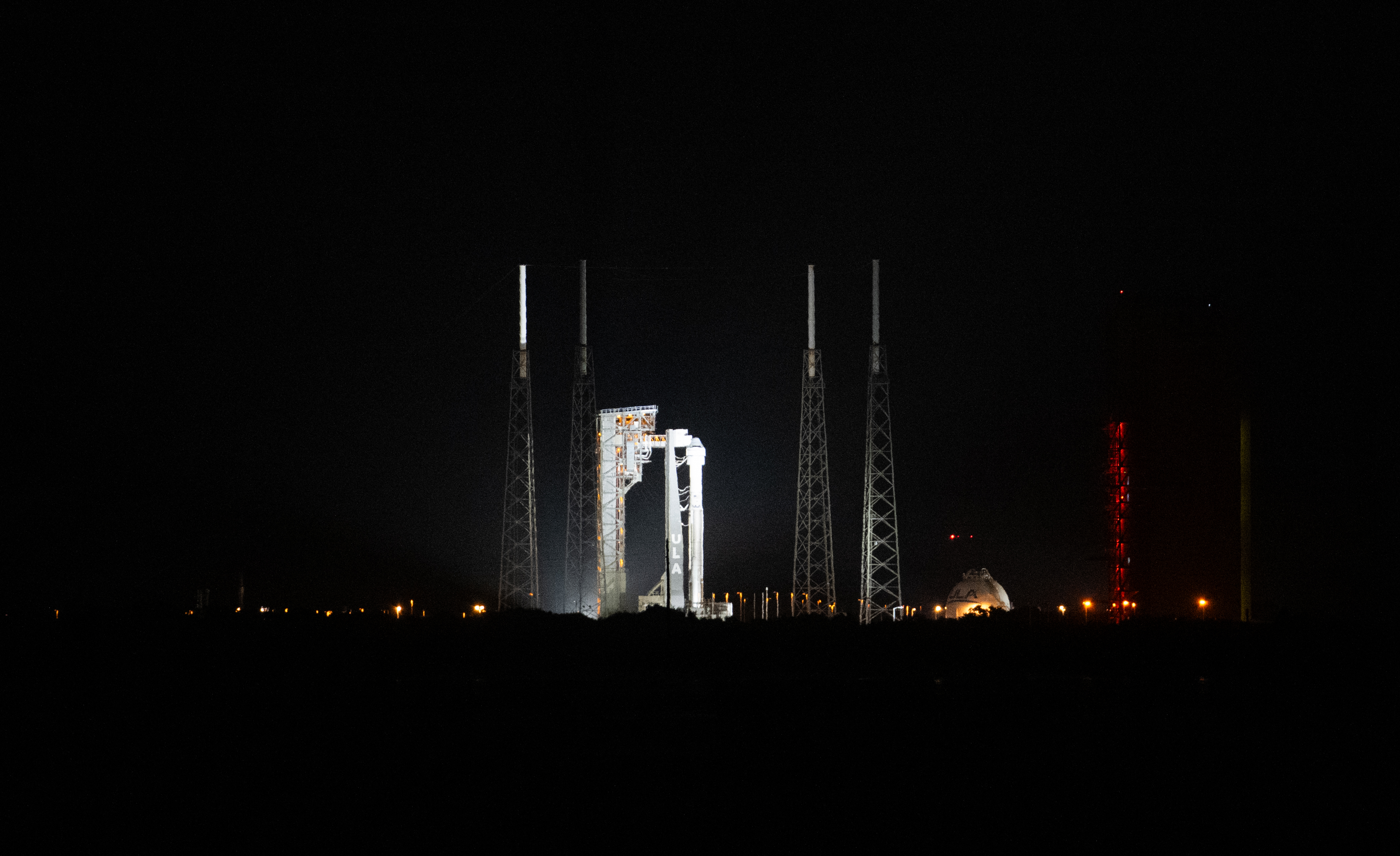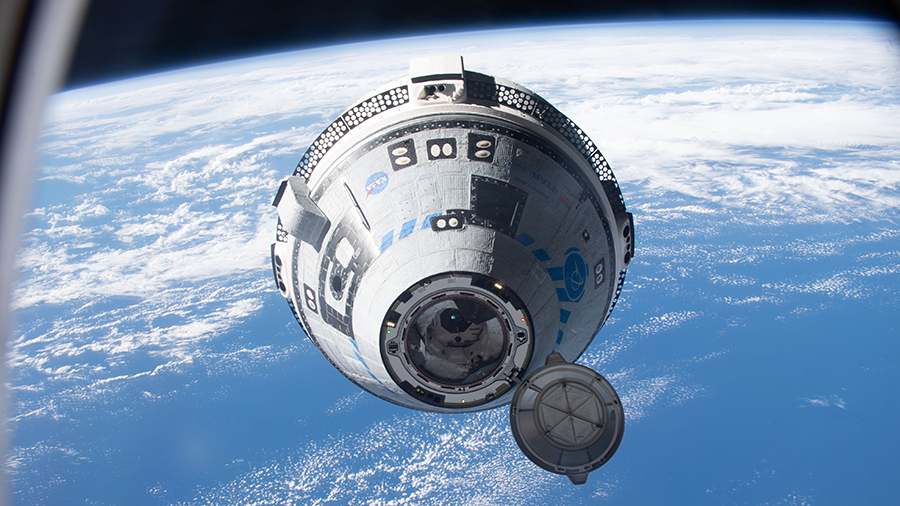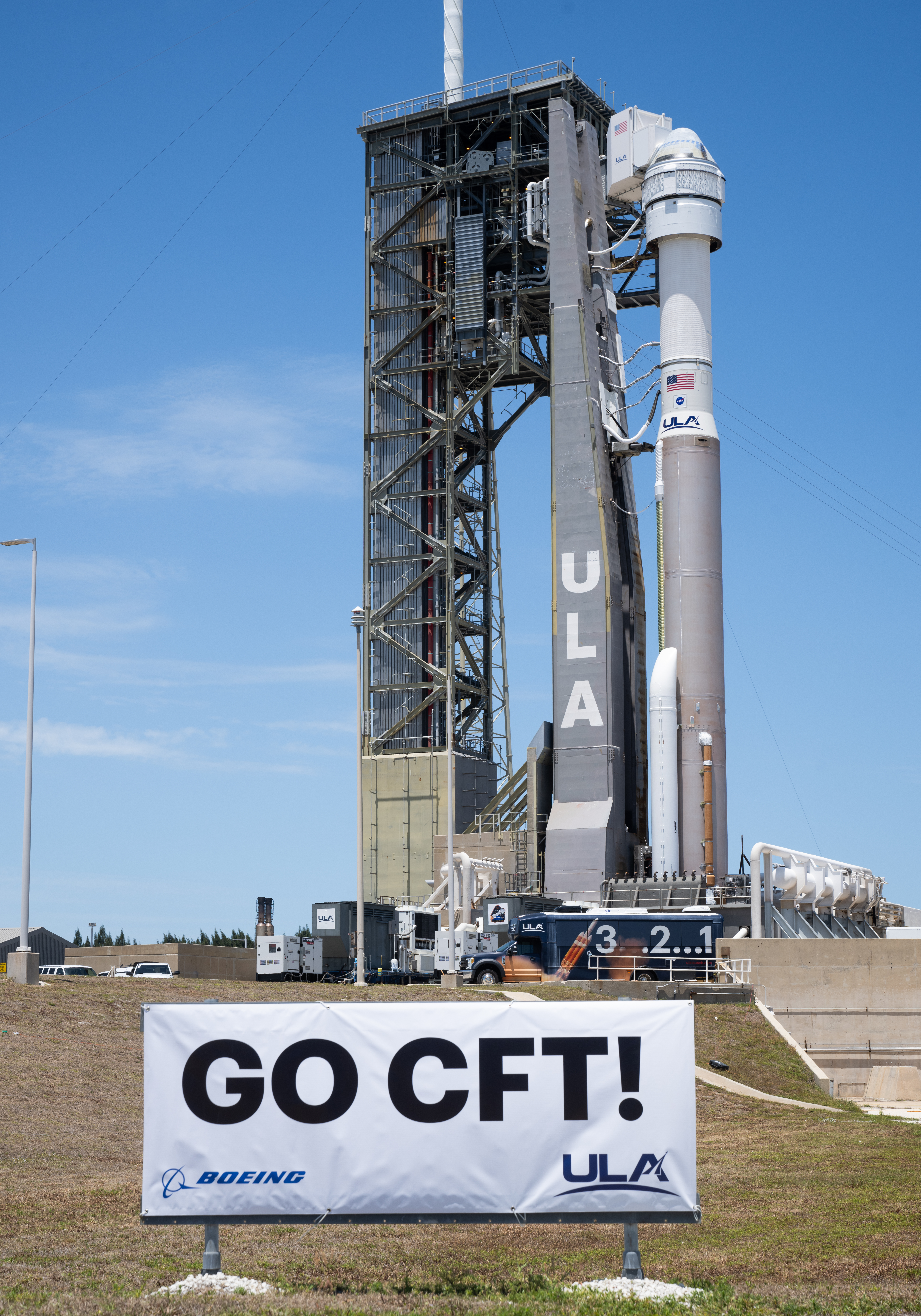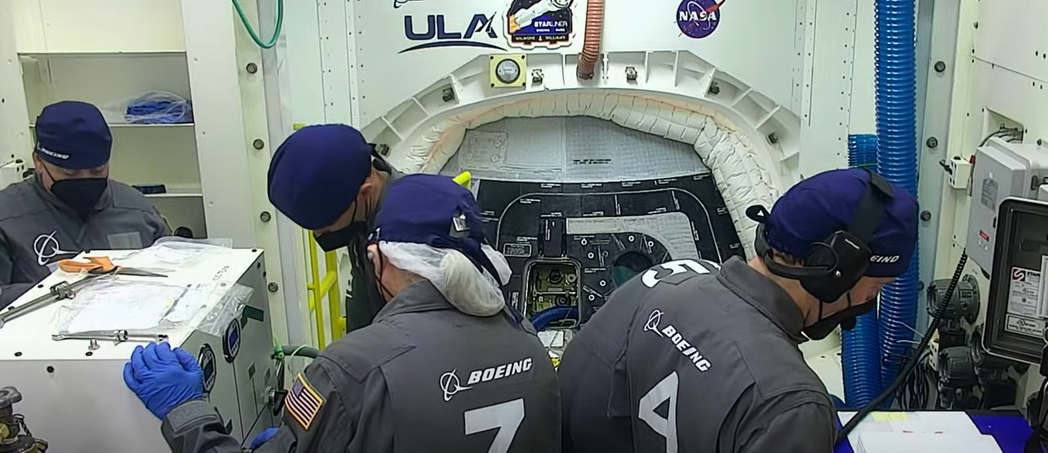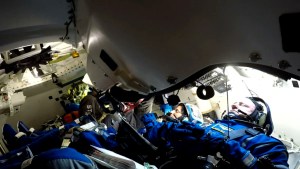
NASA’s coverage of the agency’s Boeing Crew Flight Test is underway on NASA+, NASA Television, the NASA app, YouTube, and the agency’s website.
Boeing’s Starliner spacecraft will send two of the agency’s astronauts to the International Space Station as part of NASA’s Commercial Crew Program. Butch Wilmore, commander, and Suni Williams, pilot, will launch aboard Starliner on a ULA (United Launch Alliance) Atlas V rocket at 10:52 a.m. EDT from Space Launch Complex-41 at Cape Canaveral Space Force Station in Florida.
The crew flight test is Boeing’s second flight to the International Space Station and third Starliner flight test overall, following Orbital Flight Test-2, an uncrewed mission in May 2022, and Orbital Flight Test, an uncrewed mission in December 2019.
The crew flight test mission makes history in several ways. As the first crewed launch of Boeing’s Starliner spacecraft, Williams is the first female astronaut to fly on the first flight of a crewed spacecraft. The launch also marks the first crewed launch on the ULA Atlas V rocket and the first crewed launch on an Atlas-family class rocket since Gordon Cooper on the last Mercury program flight aboard “Faith 7” in May 1963.
Learn more about the most up-to-date operations as launch milestones occur by following the mission blog, the commercial crew blog, @commercial_crew on X, and commercial crew on Facebook.

